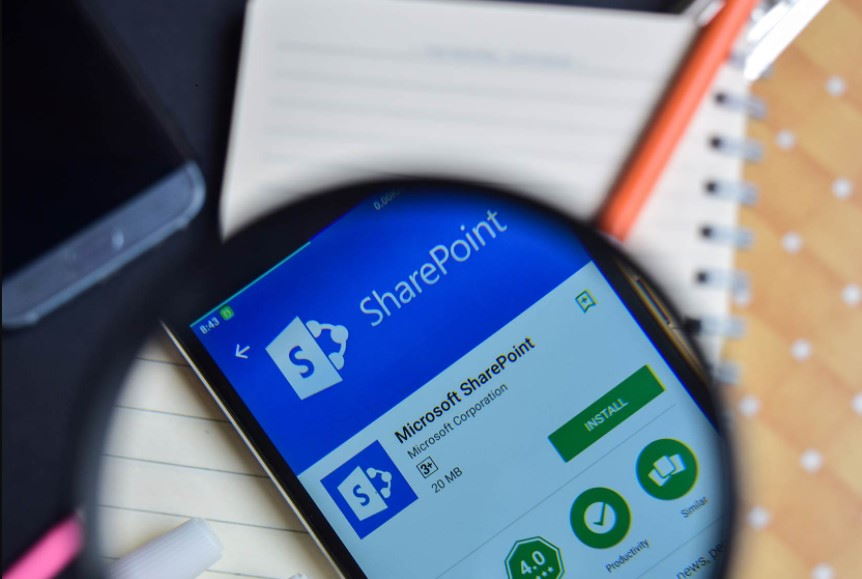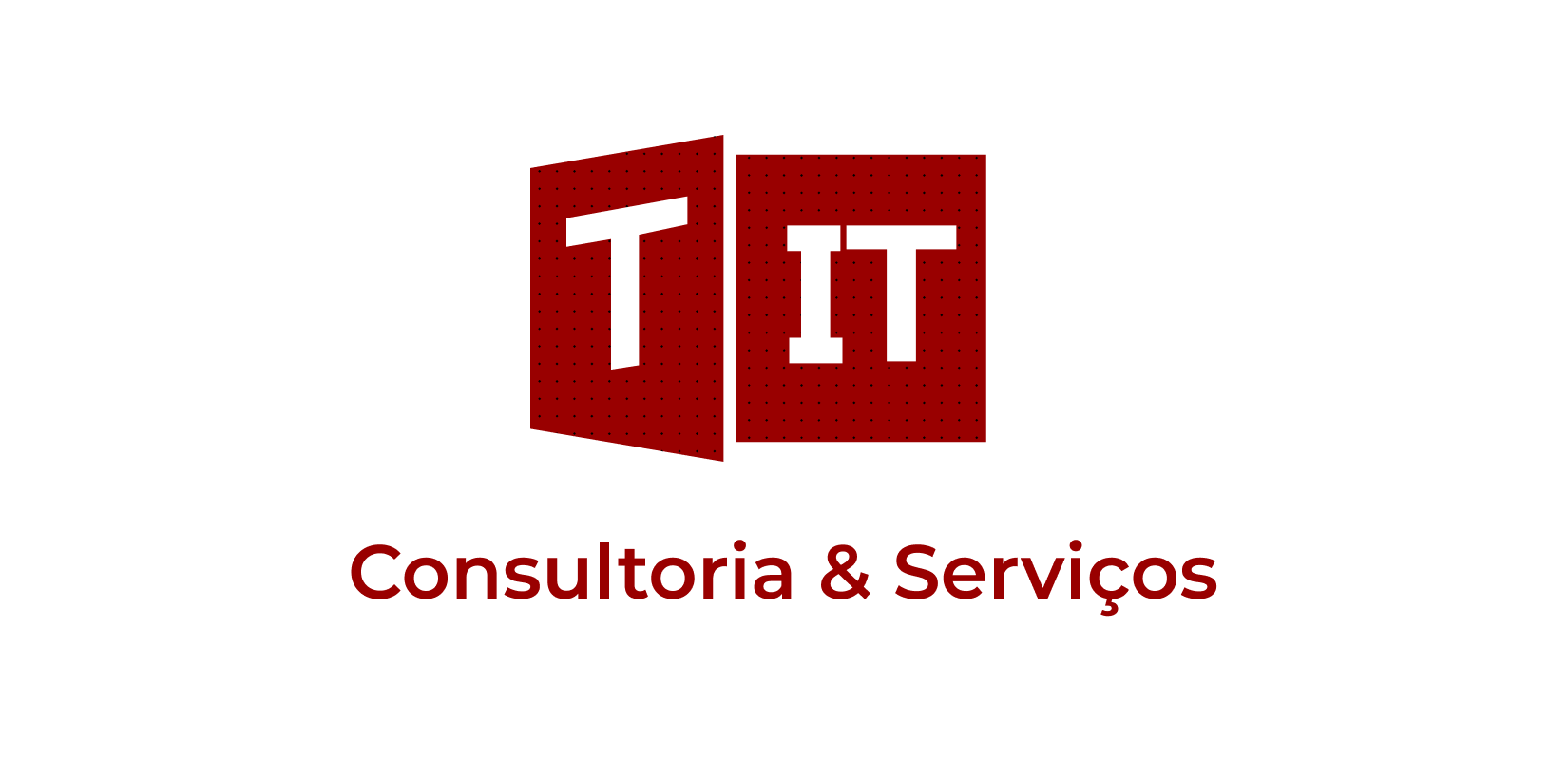Most people know BaseCamp as a project management software platform and SharePoint as a tool for collaborative work and communication. The truth is, there is actually more to these two than what they are known for. Often, organizations and employers choose between tools for their teams and employees. But which intranet solution is better? Here’s a comprehensive take on SharePoint vs. Basecamp.
SharePoint vs Basecamp – Quick Overview
SharePoint
SharePoint is a web-based collaboration tool that integrates with Microsoft Office. It is basically a knowledge and content management system (CMS) that also provides tools that make collaboration convenient and easy.
In its first few years, it was primarily a document management and storage system, but it has evolved into a highly customizable workflow platform with a wide library of features and functions for a variety of usage for various organizations. It comes packed with functionalities, various other web parts, and security features that provide confidence and convenience for business teams working together.
The solutions it offers are typical of what you can expect from a CMS platform; management of digital assets and documents, management of cases and contracts, reporting and analytics. These features allow users to create, manage, and examine all types of content in one central and secure location.
SharePoint also allows its users to manage documents and different types of files using its publishing lifecycle. It also provides interactive dashboards and scorecards for content reports to help users come up with solutions for their content and publishing needs.
This platform also comes with website content management features for both published and website content, and even unpublished content. Subsequently, the content support of this platform is applicable to internal intranet sites and external websites.
More importantly, SharePoint offers both on-premises and cloud-based solutions.

Basecamp
Basecamp is an online app primarily used for collaboration and project management. It provides a convenient and secure channel for users to communicate with one another and real-time functions to keep everyone on the same page.
Basically, Basecamp is an all-in-one suite for project managers and their staff to have discussions, keep track of tasks, and focus on actionable and priority items and projects. Functions such as calendars, to-do lists, file-sharing, and due dates make it easy for people and teams to work together, while the intuitive and easy-to-navigate interface creates documents, and projects, and manages different tasks all in the same place.
Basecamp is web-based, meaning users can log in anytime, anywhere, either through a mobile device (with installed apps) or through a web browser.
The great thing about Basecamp is it is not specifically designed for a single industry. Thus, users from any business, company, organization, and even nonprofit startup and service firms can make use of its project management and collaboration platform.
SharePoint vs Basecamp – Basic Features and Functions
| Basecamp | SharePoint |
| Document management Project management Resource management Scheduling Task Management | Ad-Hoc analysis Ad-Hoc reporting Automatic scheduled reporting Customizable dashboard Customizable features |
SharePoint vs Basecamp – Their Biggest Strengths
SharePoint is integrated with Microsoft Project and is significantly cheaper
SharePoint, like Basecamp, provides project management solutions through an intranet service angle, for a very cheap price (price starts at $5 per user/month). It comes packed with collaboration functions, document management, a discussion board, a wiki, and all the features you would expect from an intranet solution.
SharePoint allows limitless expandability. They continuously develop their features and add-ins that are created and uploaded to the Microsoft Add-in store. Fortunately, many of these features are free or sold at a very cheap monthly cost. Because of this, the platform’s functionality is also incredibly easy to improve as users can easily include anonymous comment forms, shared-filed tracing and securing, and business process automation.
In terms of SharePoint’s project management capabilities, the platform can be integrated with Microsoft Project – a powerful and popular project management tool that you can use for your intranet site. This means you can have all the project management features you need straight to your intranet.
Some common features include the employees’ simple time trackers, project scheduling for multiple timelines, and project optimization.
While adding Project to Office 365 may seem like an additional monthly expense, SharePoint already comes with Office 365, which is a comparable extension that you would have to pay monthly with Basecamp. SharePoint’s version is much cheaper.
Basecamp is intuitive and easy to use, with superb customer service
Basecamp, by far, is way better built as an intranet platform. It is also easier to set up, learn, and start using for any type of use by any business, company, or organization.
Though they provide multiple ways to customize and add advanced features, the basic features are enough to meet the needs of any company or organization for collaborative work and file-sharing.
As said earlier, Basecamp is primarily a project management platform, and this is where it truly shines. Users can create, manage, and review projects, write about what they are working on, and communicate and share ideas on discussion boards and built-in group messaging features.

SharePoint vs Basecamp – The cons
SharePoint is not as intuitive and can be confusing
SharePoint’s interface is a little bit subpar compared to Basecamp’s. It definitely requires a learning curve to familiarize yourself with the functions, and there are things that may require a couple of days to understand which is not the case for other project management platforms.
Subsequently, Microsoft tried to put everything in one package and crammed SharePoint with tools. However, some of these tools are not the best in their field. Microsoft Planner for example, is quite useful, and it is good to know that it is already connected to Teams and Outlook. However, it lacks features that even free tools in the market can provide.
Basecamp is expensive
One of the most downloaded third-party extensions in Basecamp is access to enabled time track or business process automation. Though these extensions definitely improve the project management tool’s usability, they add to the price. Basecamp is not cheap to start with (the price starts at $99/month without extensions after the first month). The price could be too high for startups and small businesses.
Bottom Line
SharePoint is technically a corporate intranet platform that can be used for multiple things, including collaborative and project management. Basecamp, on the other hand, is specifically made for collaborative project management. They made it far easier to work on, and they have everything you can ever need for collaboration and project management for your organization.
While Basecamp is far more expensive, people choose it over other platforms due to its simplicity, great functionality, and superb customer support, for both project management and intranet services.
FAQs about Differences between Basecamp and SharePoint
How does SharePoint compare to Basecamp?
SharePoint and Basecamp serve different primary purposes. SharePoint is a versatile platform used mainly for collaboration, content management, and document storage within organizations. It integrates well with Microsoft Office and provides a wide range of customization options. Basecamp, on the other hand, is primarily focused on project management and team collaboration, offering tools for task tracking, scheduling, and real-time communication.
What functionalities does Basecamp offer?
Basecamp is designed to simplify project management and team collaboration. It includes features like to-do lists, scheduling, file sharing, and a real-time chat system. It also provides tools for tracking project milestones and deadlines, making it easier to manage tasks and communicate within teams.
Can SharePoint be used as a knowledge base?
Yes, SharePoint is well-suited for building a knowledge base. It allows users to create, manage, and share content efficiently. Its document management capabilities, along with features for publishing and organizing information, make it an effective tool for storing and accessing knowledge within an organization.
Which platform is better for project management, Basecamp or SharePoint?
Basecamp is often preferred for its simplicity and focus on project management, offering a straightforward interface and dedicated tools for task and project tracking. SharePoint, while also capable of project management, is more complex and includes a broader range of features for document management and collaboration. The choice between the two depends on whether you need a specialized project management tool or a more comprehensive collaboration platform.
What are the main advantages of using SharePoint over Basecamp?
SharePoint offers several advantages over Basecamp, particularly for organizations needing extensive content management and customization. SharePoint’s integration with Microsoft Office and its broad range of features for document management, workflow automation, and intranet solutions make it a powerful tool for complex business needs. Additionally, SharePoint supports both on-premises and cloud-based deployments, providing flexibility in how it is implemented and scaled. This makes it ideal for organizations looking for a comprehensive platform that integrates with their existing Microsoft tools and infrastructure.















 Follow @cardiolog
Follow @cardiolog 